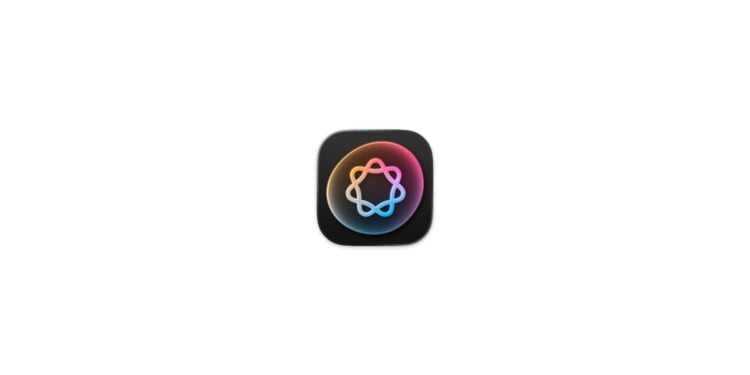For a long time, Image Playground was a purely Apple project that generated images from text input. Using its own models, it was possible to create illustrations that worked, but seemed quite basic compared to other generators. With iOS 26, macOS 26, and iPadOS 26, the integration of OpenAI's ChatGPT was added. This gave the app a significant boost. Now, current beta versions show that Apple is laying the groundwork for integrating additional third-party models.
Apple originally designed Image Playground to generate images using simple inputs and contacts. With predefined themes like Birthday, Fantasy, or Starry Night, the app offered straightforward, but rather limited, results. Compared to other image generators, the final product was simple. However, by opening up to OpenAI, Apple has taken a step toward greater diversity. The integration of ChatGPT brought additional filters and styles and made it possible to directly utilize the OpenAI model for the first time. Now Apple is going even further, redesigning the app's structure to accommodate more providers in the future.
From own models to ChatGPT
The first version of Image Playground ran only with Apple's own AI models. This was sufficient for simple illustrations, but not for more complex or realistic results. With iOS 26, macOS 26, and iPadOS 26, the collaboration with OpenAI followed. The app gained access to ChatGPT, including preset filters and the option to use the model directly if the predefined styles weren't suitable. This brought Image Playground, for the first time, close to what other image generators have been offering for some time.
New architecture for third-party providers
The current beta version shows that Apple is fundamentally redesigning Image Playground. New additions include vendor identifiers and a metric called estimated latency. Previously, the framework was designed only for the OpenAI model. The new parameters create a structure that can support multiple models simultaneously. This gives Apple two options: either automatically selecting the model with the best speed and stability, or using the data internally for telemetry. Crucially, with this change, Apple is deliberately paving the way for the integration of third-party models beyond OpenAI. For Image Playground, this means significantly greater flexibility and, ultimately, a noticeably broader selection of image generators for users.
Which models are suitable
There's no confirmation yet as to which providers will actually be integrated. A likely candidate is Google's Gemini 2.5 Flash Image, also known as Nano Banana. This model has recently received a lot of attention for its hyper-realistic results and its ability to convincingly depict people based on photos. In the US, it even briefly propelled the Google Gemini app to the top of the App Store. There's also the idea that Apple could allow open-source models, which can then be downloaded and integrated like extensions. Technically, this would be possible, similar to Xcode. However, the potential for misuse speaks against it, making this option rather unlikely.
Security remains central
Apple traditionally places great emphasis on data protection and security. Image Playground also demonstrates that the app is intended to function as a controlled and secure tool. Therefore, Apple is more likely to enter into new partnerships with select companies rather than opening the door to open-source models. This minimizes the risk of the app being misused for problematic content.
Future of Image Playground: More models, more possibilities
Image Playground is evolving from a simple Apple project into a versatile platform for image generation. With the integration of ChatGPT, Apple has introduced the first major expansion. However, the current changes in the beta versions clearly indicate that the app will support even more third-party models in the future. Which partners these will be is still open, but candidates like Google's Gemini are high on the list. For the future, this means that Image Playground will become more powerful, flexible, and attractive – and Apple will take a stronger position in the competition with other AI generators. (Image: Apple)
- Apple develops MCP integration for AI agents in iOS & macOS
- iOS 26.1: Language update for Apple Intelligence and AirPods
- Wedbush raises price target: iPhone 17 gives Apple investors hope
- Apple announces new immersive content for Apple Vision Pro
- iPhone 17: Users report Wi-Fi outages





